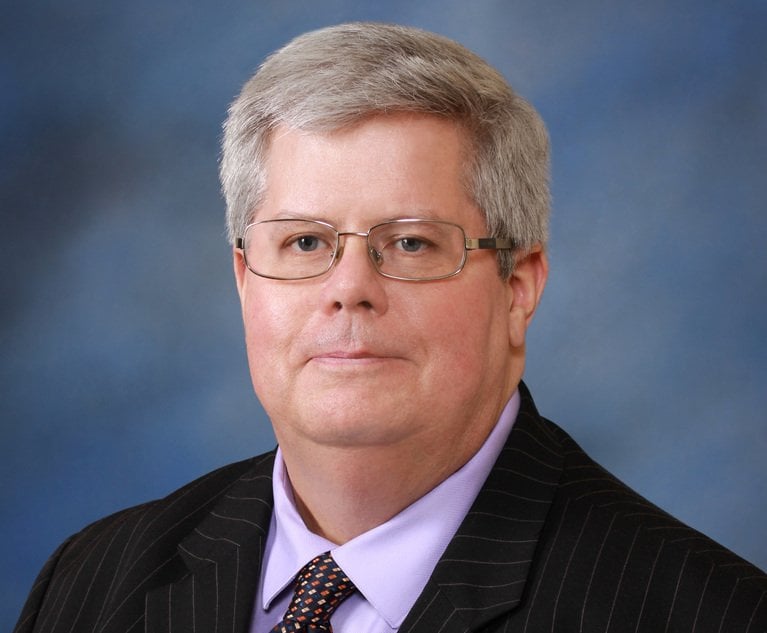Carbon Capture and Sequestration (CCS), one form of which is known as Direct Air Capture, captures carbon dioxide (CO2) from manmade sources before CO2 is released into the atmosphere. The captured CO2 is then injected deep into the ground for permanent sequestration. In the United States, the Department of Energy estimates that the total Direct Air Capture storage capacity for CO2 is in the trillion of tons. Angela C. Jones & Ashley J. Lawson, Carbon Capture and Sequestration (CCS) in the United States, p. 12, CONGRESSIONAL RESEARCH SERVICE (Oct. 18, 2021), //sgp.fas.org/crs/misc/R44902.pdf.
Much of that storage is available in the San Andres formation in the Permian Basin and the Gulf of Mexico, which could potentially store all the carbon released in U.S. production. See, e.g., Joe Blommaert, The promise of carbon capture and storage, and a Texas-sized call to action, INTERNATIONAL ASSOCIATION OF OIL & GAS PRODUCERS (June 8), https://www.iogp.org/blog/benefits-of-oil-and-gas/opinions/the-promise-of-carbon-capture-and-storage-and-a-texas-sized-call-to-action/; Mella McEwen, Permian’s future could lie in storing CO2 emissions, MRT (Aug. 29, 2020) https://www.mrt.com/business/oil/article/Permian-s-future-could-lie-in-storing-CO2-15524972.php.
This content has been archived. It is available through our partners, LexisNexis® and Bloomberg Law.
To view this content, please continue to their sites.
Not a Lexis Subscriber?
Subscribe Now
Not a Bloomberg Law Subscriber?
Subscribe Now
LexisNexis® and Bloomberg Law are third party online distributors of the broad collection of current and archived versions of ALM's legal news publications. LexisNexis® and Bloomberg Law customers are able to access and use ALM's content, including content from the National Law Journal, The American Lawyer, Legaltech News, The New York Law Journal, and Corporate Counsel, as well as other sources of legal information.
For questions call 1-877-256-2472 or contact us at [email protected]


 (L-R) Marcella Burke, partner; Granta Nakayama, partner; Michael Leslie, partner; and Elizabeth Holden, associate; all at King & Spalding. Courtesy Photos.
(L-R) Marcella Burke, partner; Granta Nakayama, partner; Michael Leslie, partner; and Elizabeth Holden, associate; all at King & Spalding. Courtesy Photos.




